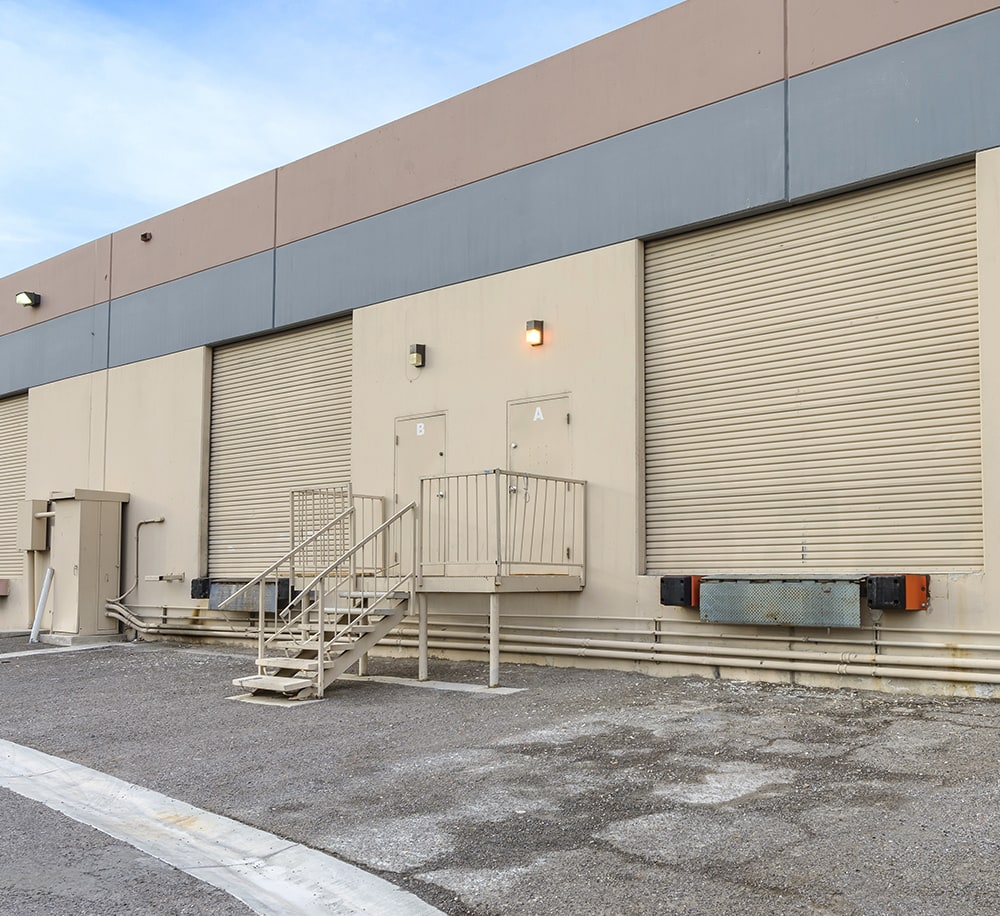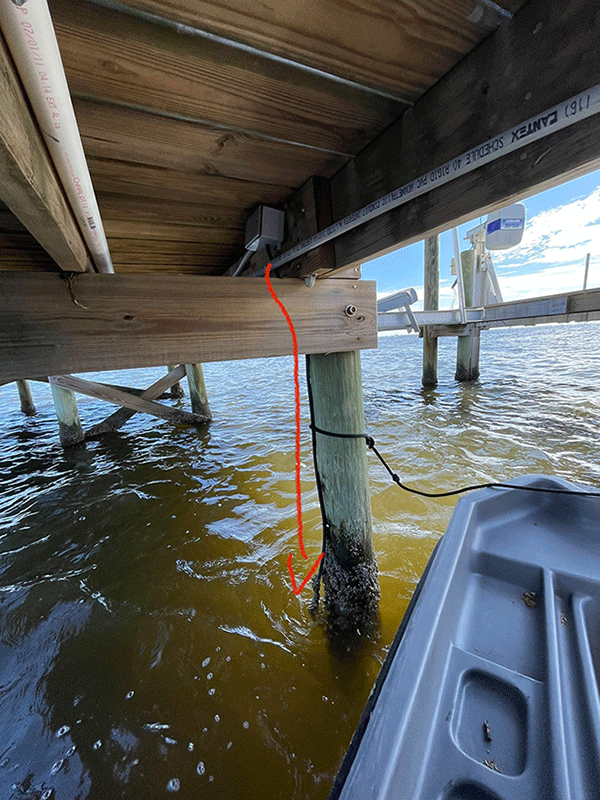Usual Issues That Result In Expensive Dock Repairs
Usual Issues That Result In Expensive Dock Repairs
Blog Article
Reliable Dock Repair Work Techniques: Ensuring Structural Stability
Ensuring the structural honesty of docks with efficient repair work methods is critical for the long life and security of marine facilities. This entails a multi-faceted strategy beginning with detailed assessments utilizing innovative technologies like finder equipment and remotely operated automobiles (ROVs) to identify both noticeable and concealed problems. Ultimately, picking the best repair service products, such as composite products and corrosion-resistant alloys, is important for toughness. Structural reinforcement methods, including the application of cross-bracing systems and load-distribution plates, play an important duty in mitigating anxiety points. Nonetheless, the significance of these methods ends up being obvious when exploring sophisticated fixing techniques and preventative upkeep approaches.
Evaluating Dock Damages
Evaluating dock damage is a vital very first step in making certain the architectural honesty and security of any type of docking facility. This initial examination involves a comprehensive evaluation to determine both visible and covert problems. Trick aspects to take a look at include the dock's structure, pilings, outdoor decking, and hardware. Each part has to be inspected for indicators of wear, rot, deterioration, or other kinds of degradation that might compromise the architectural stability.
Architectural designers or qualified assessors normally execute these analyses making use of specialized devices and strategies. Undersea inspections might utilize finder tools or from another location operated cars (ROVs) to find immersed damages. Over water, aesthetic assessments are complemented by making use of moisture meters and other diagnostic devices to uncover underlying problems not immediately noticeable to the naked eye.

Choosing Repair Work Products
Picking the ideal repair service materials is an essential action in the dock remediation process, one that directly affects the long life and efficiency of the repaired structure. Material choice have to be driven by elements such as ecological conditions, load-bearing requirements, and compatibility with existing dock parts.
In addition to timber, composite products are significantly prominent as a result of their toughness and reduced maintenance requirements. Composites, typically made from a blend of plastic and timber fibers, offer exceptional resistance to rot, bugs, and UV damage. For metal docks, choosing corrosion-resistant alloys such as galvanized steel or marine-grade aluminum is important to prevent rust and make sure architectural integrity in saline water problems.
Epoxy resins and marine-grade sealers are crucial for repairing cracks and sealing joints, supplying a water resistant barrier and boosting the dock's overall strength. By diligently selecting high-grade materials, dock repair services can accomplish durable results, thus securing against future destruction and ensuring safe, dependable usage.
Structural Reinforcement Methods
Effective architectural reinforcement strategies are vital in guaranteeing the stability and durability of dock fixings. One basic method entails using steel or composite support bars (rebar) within concrete structures. Rebar offers added tensile stamina, avoiding splits and distributing lots extra uniformly. This approach is especially reliable for anchors revealed to hefty loads or rough environmental problems. read what he said
Another vital strategy is the application of fiber-reinforced polymers (FRP) These materials supply high strength-to-weight ratios and outstanding resistance to deterioration, making them ideal for reinforcing wood or concrete docks. FRP can be applied in strips or sheets and check that bound with epoxy materials to boost structural stability.
Supporting and securing systems also play a critical role in architectural reinforcement. Cross-bracing, using steel or wooden beam of lights, can neutralize lateral pressures, decreasing persuading and activity. Anchoring systems, such as helical piers or driven stacks, give a steady foundation by transferring lots to deeper, a lot more steady soil layers.
Last but not least, the combination of load-distribution plates can assist disperse weight more equally across the dock's surface, reducing local stress factors. These techniques jointly guarantee that anchors remain secure and durable, efficient in enduring the roughness of their operational setting.
Advanced Repair Techniques

One more innovative method involves undersea welding, which permits for repair services to be performed without the demand to dewater the area. This technique is specifically beneficial for attending to architectural issues in immersed dock components, making certain minimal disturbance to operations. Boosted welding strategies, combined with robot systems, provide precision and integrity, therefore expanding the life-span of the dock.
Additionally, cathodic protection systems are executed to prevent deterioration in metallic dock structures. By utilizing sacrificial anodes or impressed existing systems, these strategies properly alleviate the electrochemical processes that bring about material deterioration.
Last but not least, progressed monitoring modern technologies, such as structural health surveillance (SHM) systems, supply real-time information on the problem of dock structures. These systems enable this page aggressive maintenance and prompt treatments, ultimately guaranteeing the lasting architectural integrity of the dock.
Upkeep and Avoidance
Maintenance and avoidance are fundamental principles that underpin the durability and safety of dock structures. Regular evaluations are extremely important, permitting for very early discovery of deterioration, possible weaknesses, and ecological impacts. An aggressive strategy, including routine checks for corrosion, rot, and structural shifts, mitigates costly repair services and extends the dock's functional life.
Safety nets must consist of applying safety finishings to metal parts to defend against corrosion and making use of treated wood to resist decay. Additionally, making certain appropriate drainage and air flow can protect against water build-up, which is an usual source of architectural deterioration. Integrating quality products and sticking to producer standards during building and repair service phases likewise play important functions in boosting durability.

Training personnel in dock upkeep best methods makes sure constant application of safety nets. Leveraging technical advancements, such as drones for evaluations and sensing units for real-time tracking, can even more improve maintenance initiatives. By focusing on upkeep and prevention, dock proprietors can guarantee architectural integrity, functional security, and affordable management over the dock's lifespan.
Final Thought
In verdict, keeping the architectural stability of marine centers necessitates detailed dock repair strategies. Advanced repair work strategies, combined with normal maintenance techniques, ensure the dock stays operational and secure under diverse environmental problems.
Ensuring the structural honesty of anchors with efficient repair methods is vital for the long life and safety and security of marine facilities.Picking the ideal fixing products is a critical step in the dock remediation process, one that directly influences the longevity and performance of the repaired structure.Efficient architectural support techniques are vital in making sure the security and longevity of dock fixings. By focusing on maintenance and avoidance, dock proprietors can make sure architectural honesty, operational security, and cost-efficient management over the dock's life expectancy.
In conclusion, keeping the structural stability of marine facilities requires detailed dock repair techniques.
Report this page